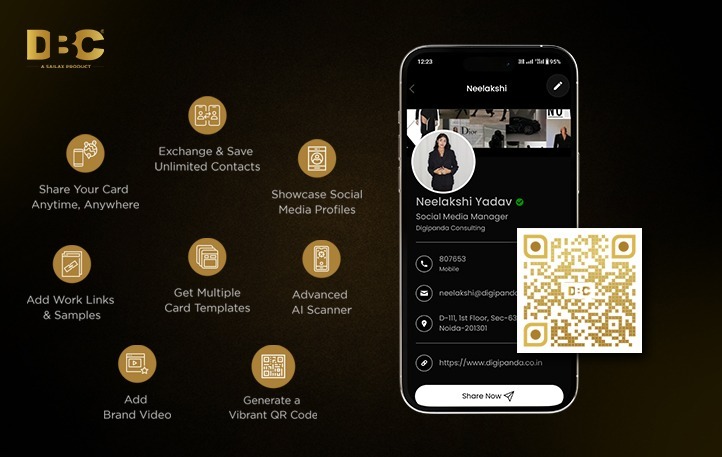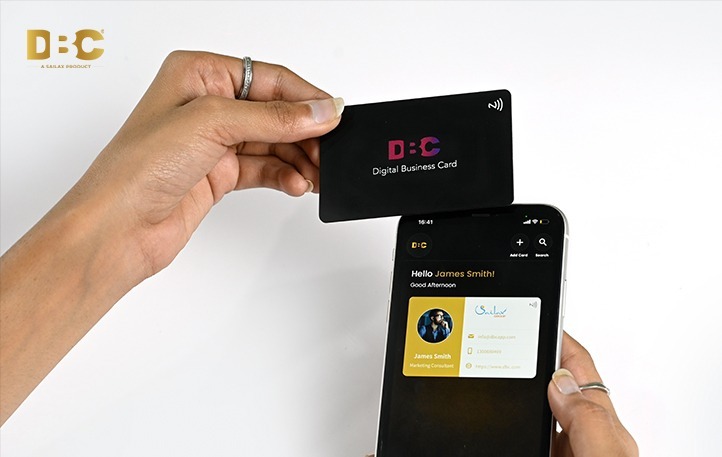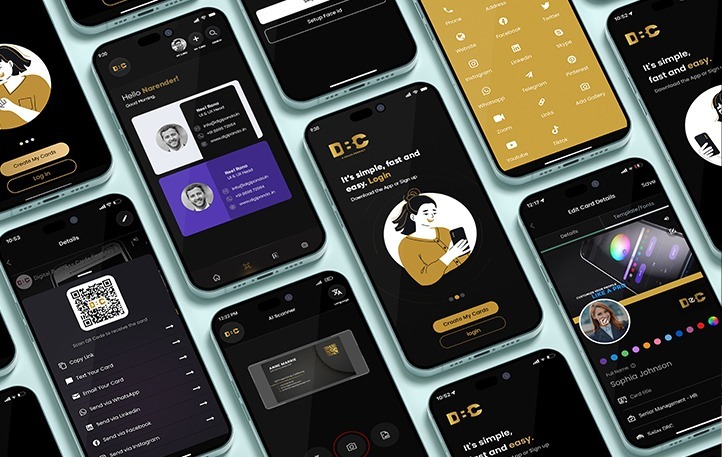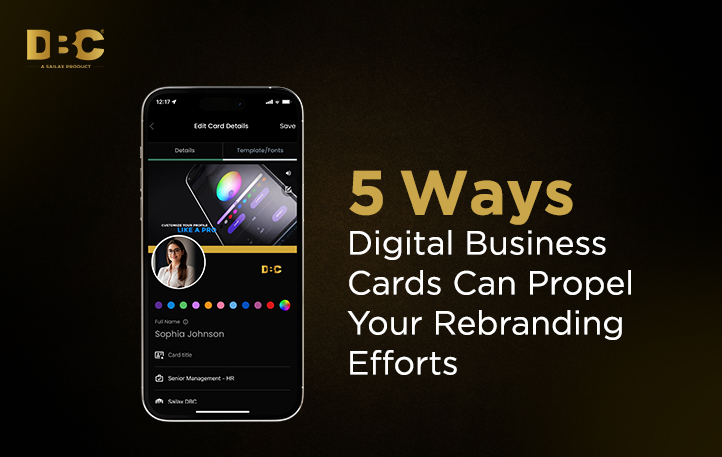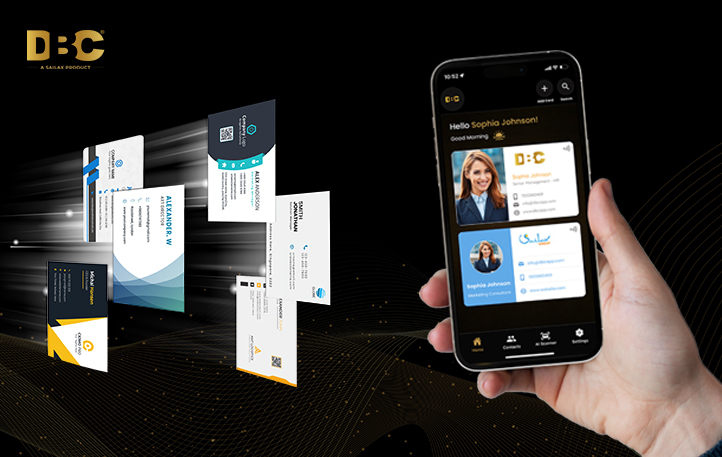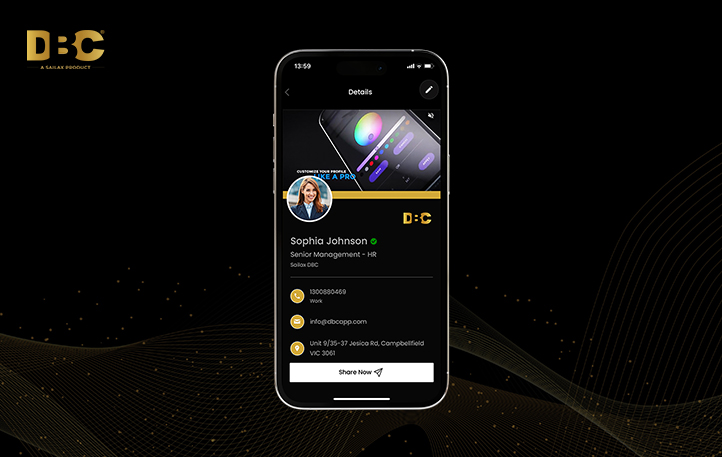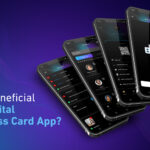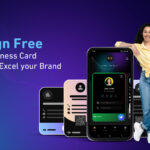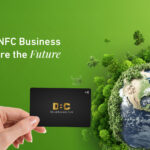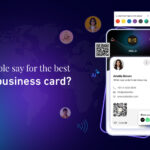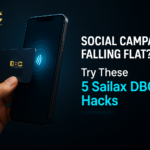Sailax DBC: The Best Business Card for Your Small Business
In this fast-paced world, competition is fierce, and there is no limit to options. Thus, creating a strong first and long-lasting impression is crucial, especially if you are a small business. It is where the best business cards come to your rescue. They are the ultimate networking tool that allows you to share vital information with your clients conveniently and memorably.
However, these physical paper business cards can sometimes be a hassle. Imagine carrying a stack of them in your pocket. Moreover, they can easily be misplaced.
Sailax DBC brings a modern twist to conventional business cards, making your business only one tap away from boundless opportunities.
What Exactly is Sailax DBC?
Sailax DBC is designed to help businesses to transform their networking game. It is an advanced digital business card with exceptional features. From customizable designs and QR codes to portfolio additions, it provides everything you need to leave a lasting impression on your clients. With just a simple tap you can effortlessly share your card and make a smart impact.
What Makes Sailax DBC a Smart Choice for Your Small Business?
Imagine you are attending a networking event. You are meeting numerous prospective clients who are showing interest in your business. However, soon you realize that you are out of your best business cards. Doesn’t that seem like a dreadful situation that no business wants to be in?
This is why many businesses now opt for digital business cards over conventional business cards. Let’s have a quick look at some of the exceptional features of Sailax DBC:
➔ NFC Enabled Sharing
Near-field communication (NFC) is a short wireless technology that allows communication between devices when brought close together (typically about or less than 4 cm). This technology is integrated with Sailax DBC, allowing you to share your business details by tapping your card on your client’s smartphone. Thus, it allows you to network quickly and effortlessly.
➔ QR Codes
From sharing your Instagram ID to paying for your shopping, QR codes have become integral to financial transactions and information sharing. Keeping this in mind, Sailax DBC has integrated a QR code feature. All you need to do is generate your unique QR code. It can be scanned by any card, even if the other person doesn’t have the Sailax DBC app.
➔ Customization
Don’t settle for generic card designs. At Sailax DBC, we offer a wide range of templates you can customize according to your preferences and style. You can choose your company logo, background image, colors, fonts, and more.
Do you know you can also cater our Sailax DBC card for your different networking requirements? Yes, you can create separate profiles for formal business meetings, industry-specific conferences, and casual networking events.
➔ One-Stop Contact Storage
Get all your essential business contact details in one place with Sailax DBC. Not only will you be able to organize all your contacts in one place, but it will also streamline your networking. Now, you don’t need to fumble your stacks of cards or worry about losing your important connections. Just unlock your smartphone, launch the app, and access your contacts with a swipe.
➔ Network in a Language that You Speak

Don’t let language barriers stop you from networking and growing your business. Now, you can network globally in more than 70 languages with the best business card. Share your contact details, social profiles, and business information in any language your audience speaks. Language is no longer a limitation, whether it’s closing a deal, expanding your reach, or fostering new partnerships. Start making meaningful connections anywhere in the world with a tool that speaks your language and theirs!
Network with the Best Business Card and See Your Business Grow!
So, what are you waiting for? Download the Silax DBC app from the Google App Store or Apple Store, sign up, and choose your plan.
Limitless opportunities are just a click away—discover what’s possible with Sailax DBC.
FAQs
What is Sailax DBC?
Sailax DBC is an advanced digital business card designed to simplify networking for small businesses. It allows you to share your contact information, social media profiles, and business details instantly with a tap or a QR scan, helping you make memorable connections effortlessly.
How does Sailax DBC work?
Sailax DBC operates via NFC technology and QR codes, enabling quick and secure data sharing. Tap your card on someone’s smartphone or share your unique QR code, and they’ll instantly access your business details, making networking faster and more effective.
Why should I choose a digital business card over a physical one?
Digital business cards eliminate the need to carry stacks of paper cards, reduce the chance of cards getting lost, and allow for instant updates. With Sailax DBC, you can always make a professional, memorable impression without worrying about running out of cards.
What devices support Sailax DBC’s NFC and QR features?
Sailax DBC’s NFC feature is supported on most modern smartphones. For devices that don’t support NFC, the QR code feature allows seamless sharing across all smartphones with camera scanning capability.
What if my contacts don’t have the Sailax DBC app?
No worries! Sailax DBC’s QR code feature allows you to share your information with anyone, even if they don’t have the app. They can scan the code using any smartphone camera to access your details instantly.
How secure is my data on Sailax DBC?
Sailax DBC prioritizes data security and uses robust encryption to keep your information safe. Your data is securely stored, and you have complete control over what information is shared and how it’s accessed.
How can Sailax DBC benefit my small business?
Sailax DBC offers a modern, eco-friendly alternative to traditional best business cards, enhancing your brand’s image while making networking more efficient. It saves you time, reduces printing costs, and allows you to leave a professional, lasting impression on potential clients.
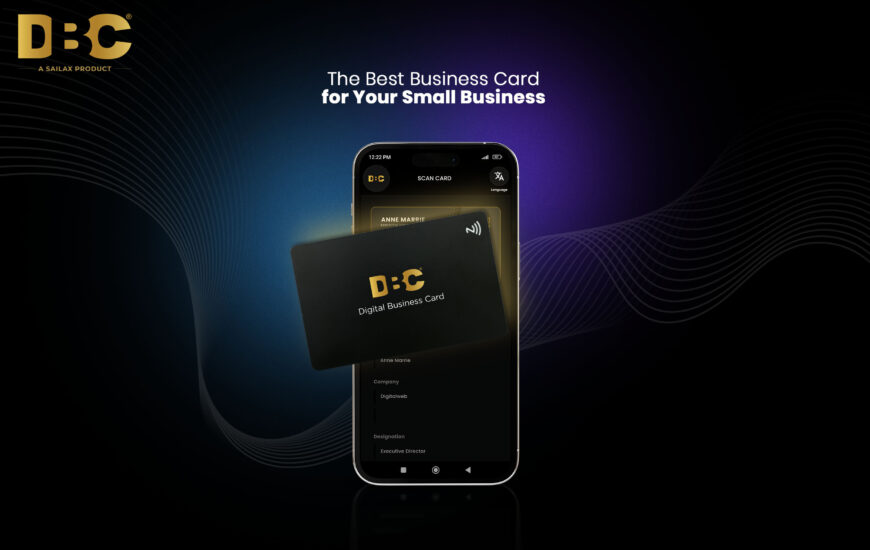
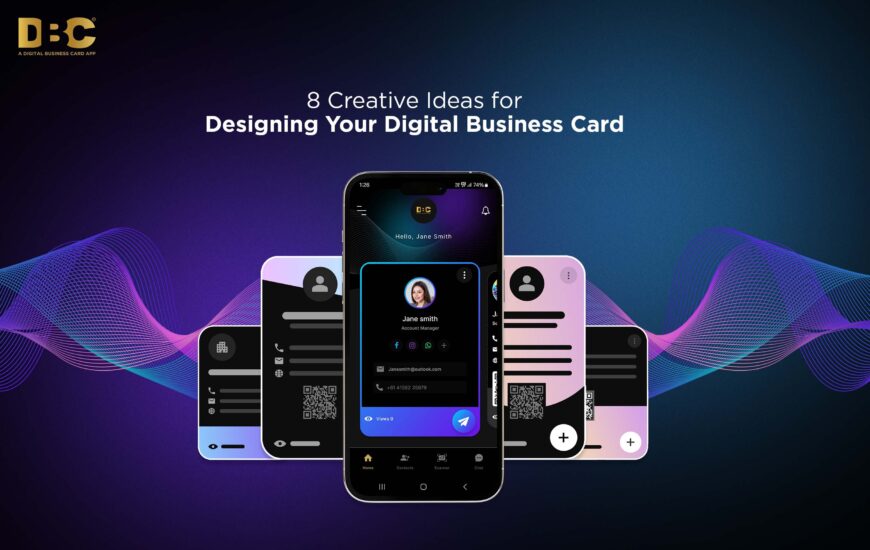
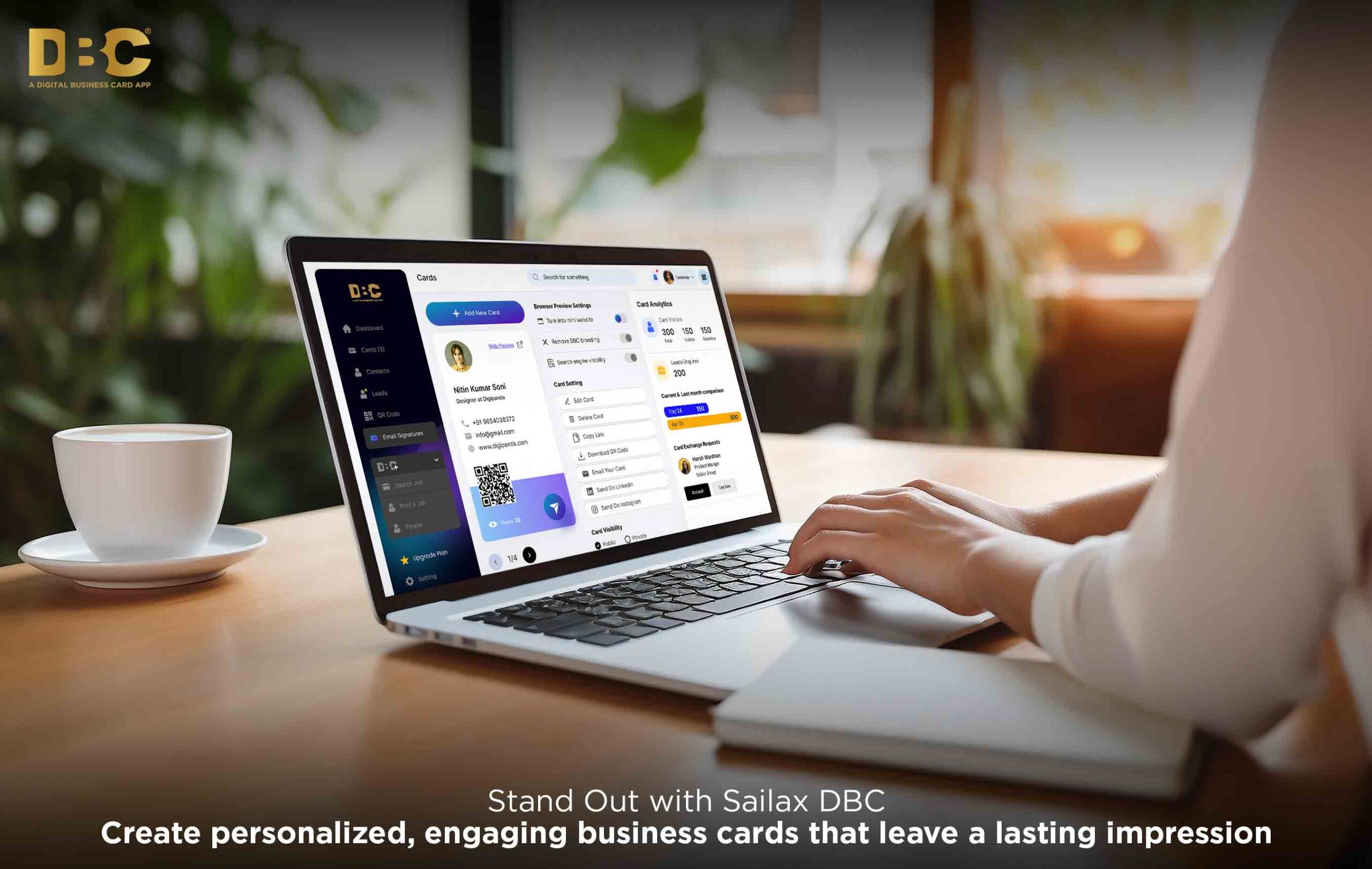
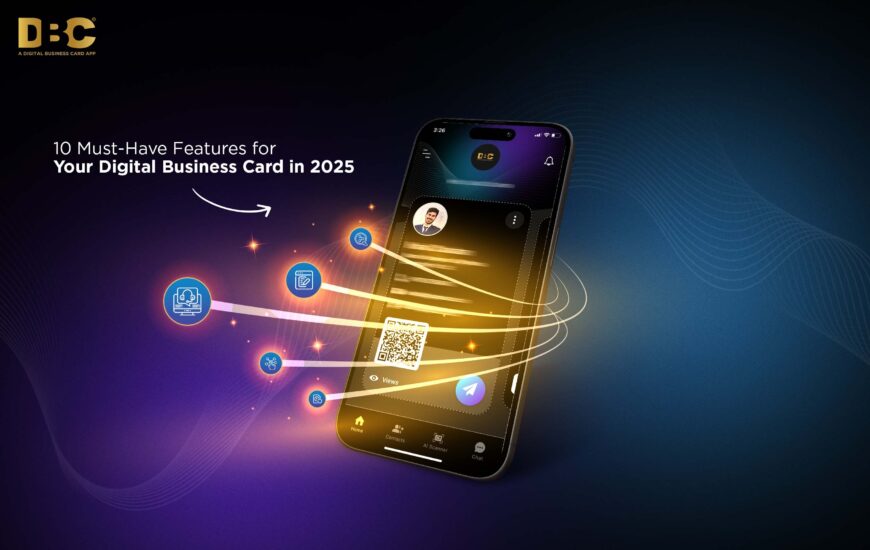
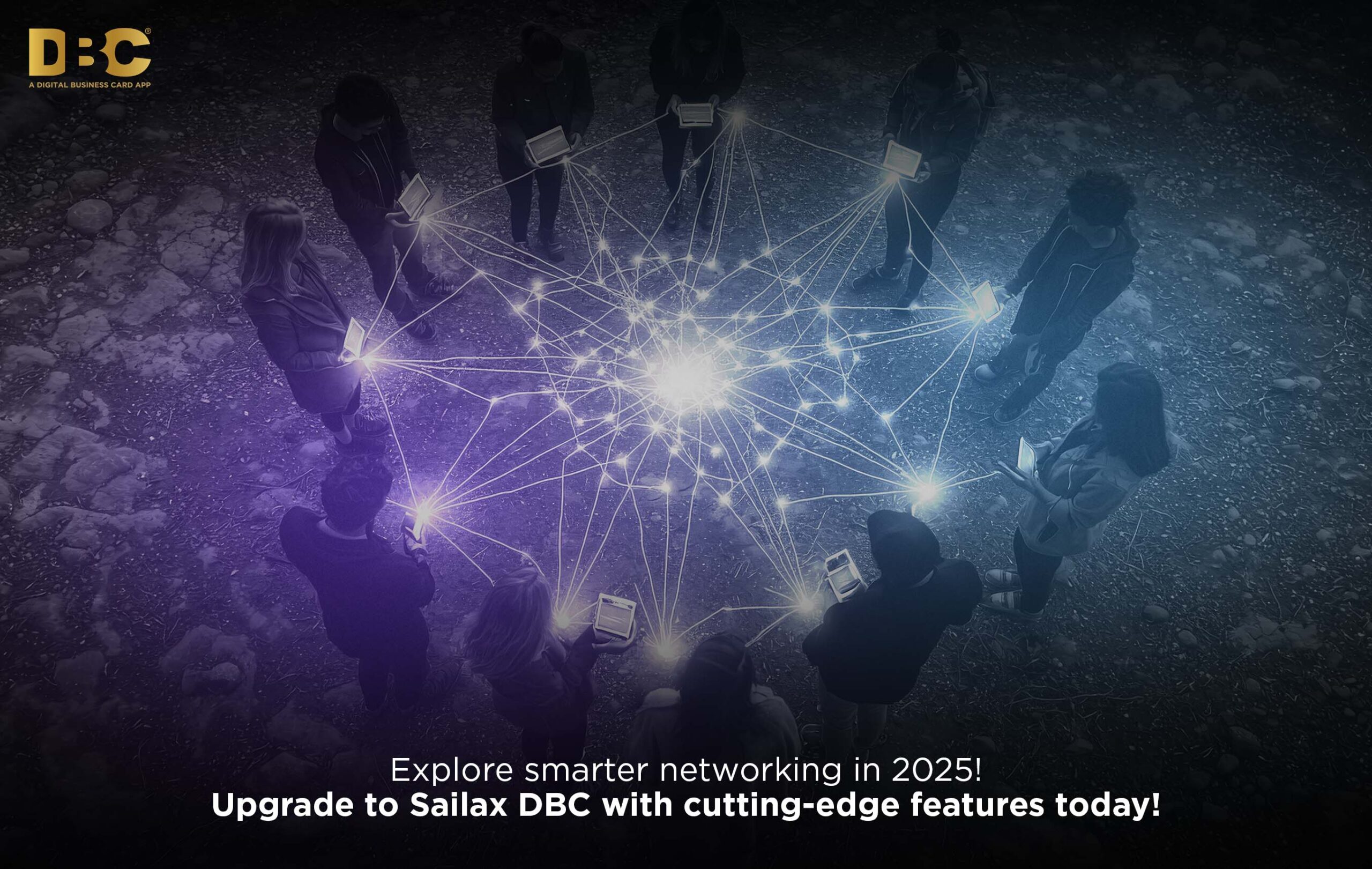
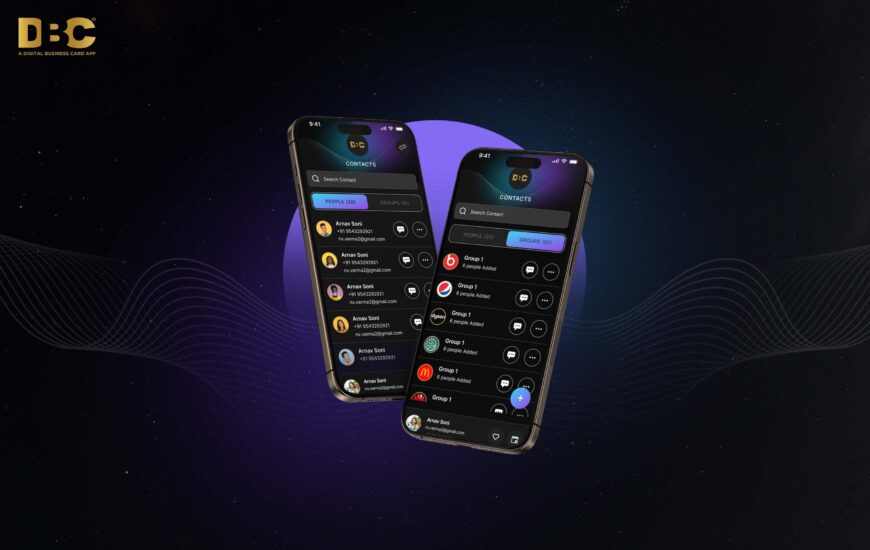
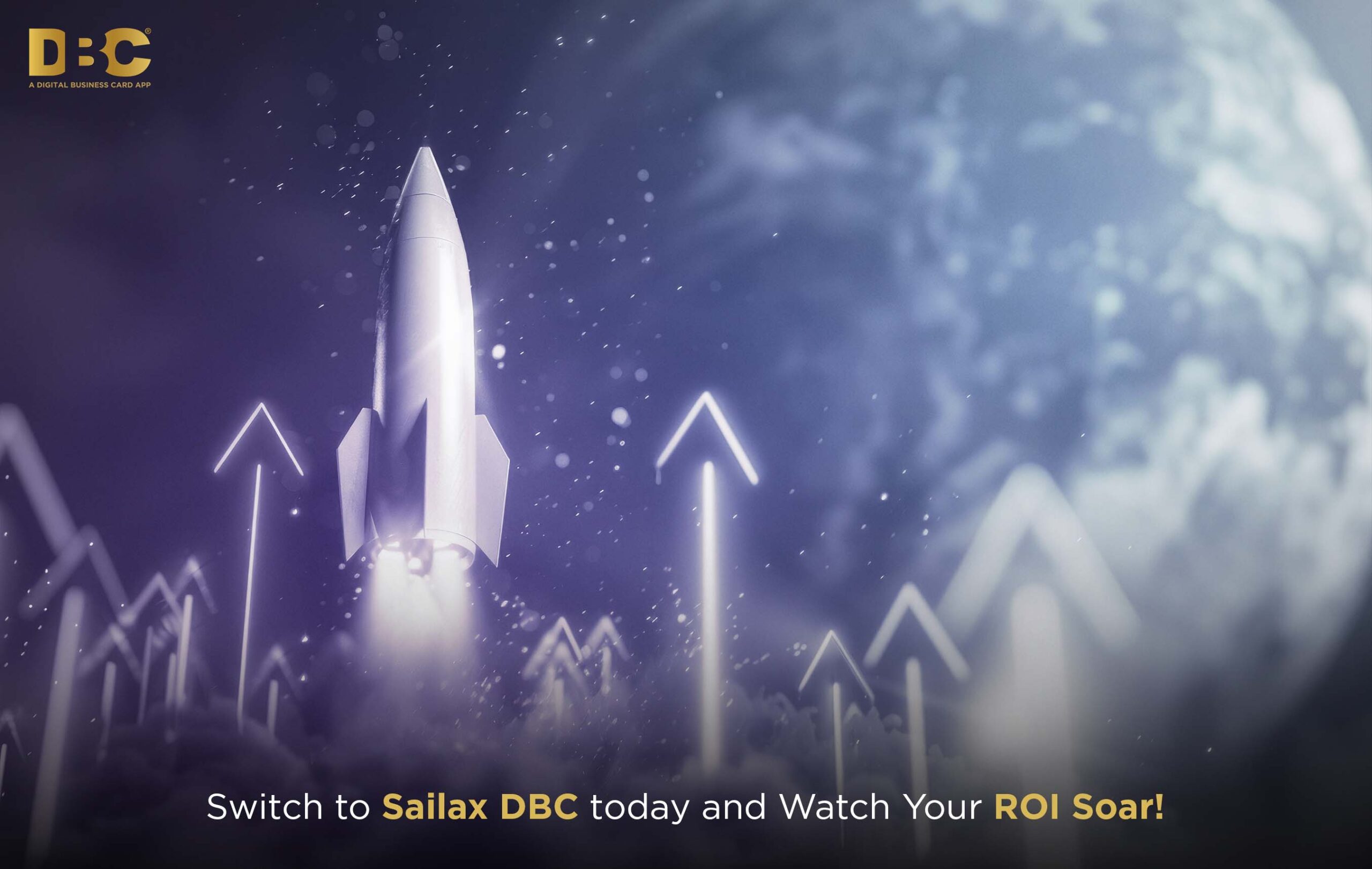 As businesses evolve, so must the tools we use to connect and network.
As businesses evolve, so must the tools we use to connect and network. 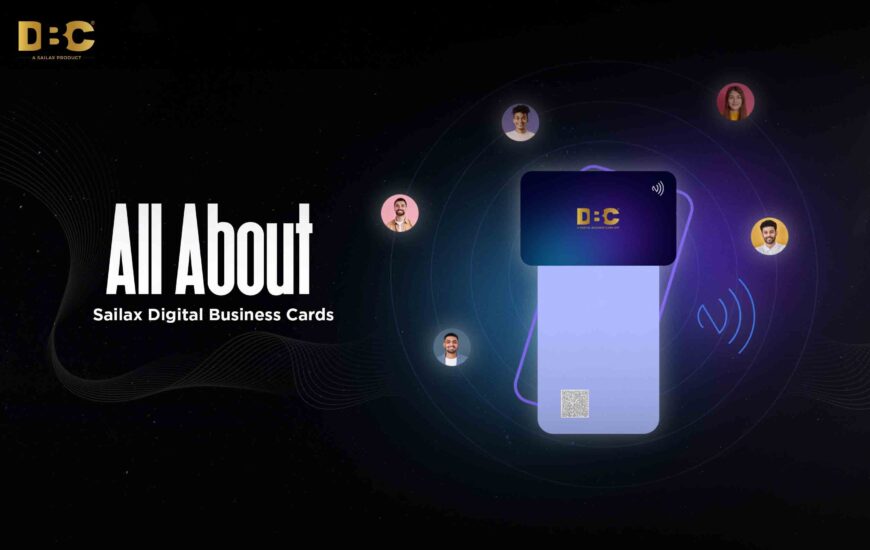
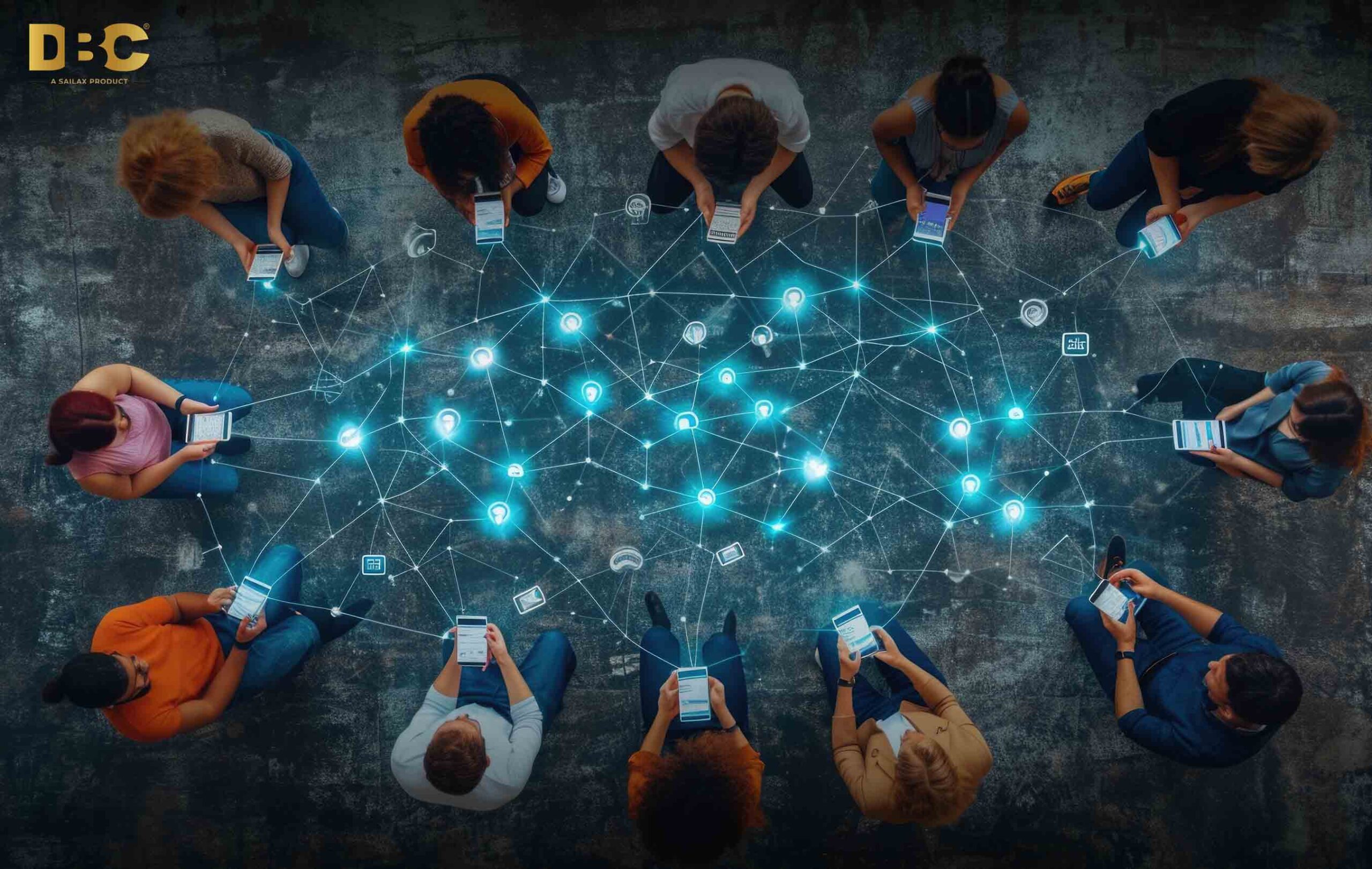
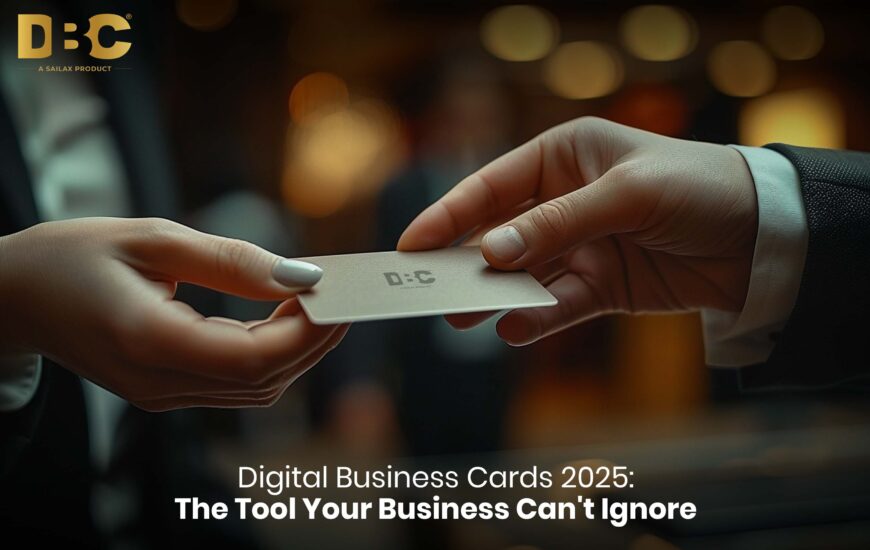
 In 2025, networking is no longer just about making connections—it’s about making an impact. Sailax DBC offers a seamless, eco-friendly, and highly interactive way to stay ahead in the fast-evolving professional world. As businesses embrace digital-first strategies and sustainability, these best digital business cards empower you to lead with innovation and environmental responsibility while impressing tech-savvy clients and partners.
In 2025, networking is no longer just about making connections—it’s about making an impact. Sailax DBC offers a seamless, eco-friendly, and highly interactive way to stay ahead in the fast-evolving professional world. As businesses embrace digital-first strategies and sustainability, these best digital business cards empower you to lead with innovation and environmental responsibility while impressing tech-savvy clients and partners.

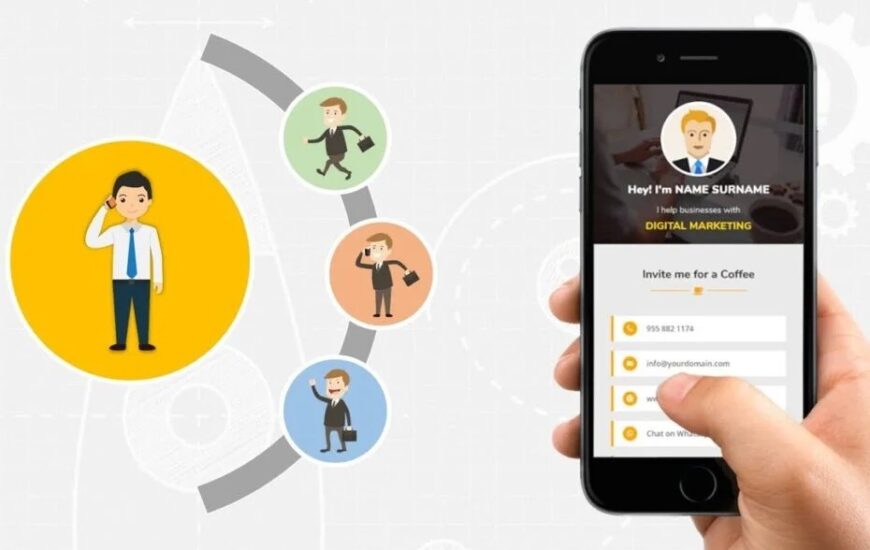
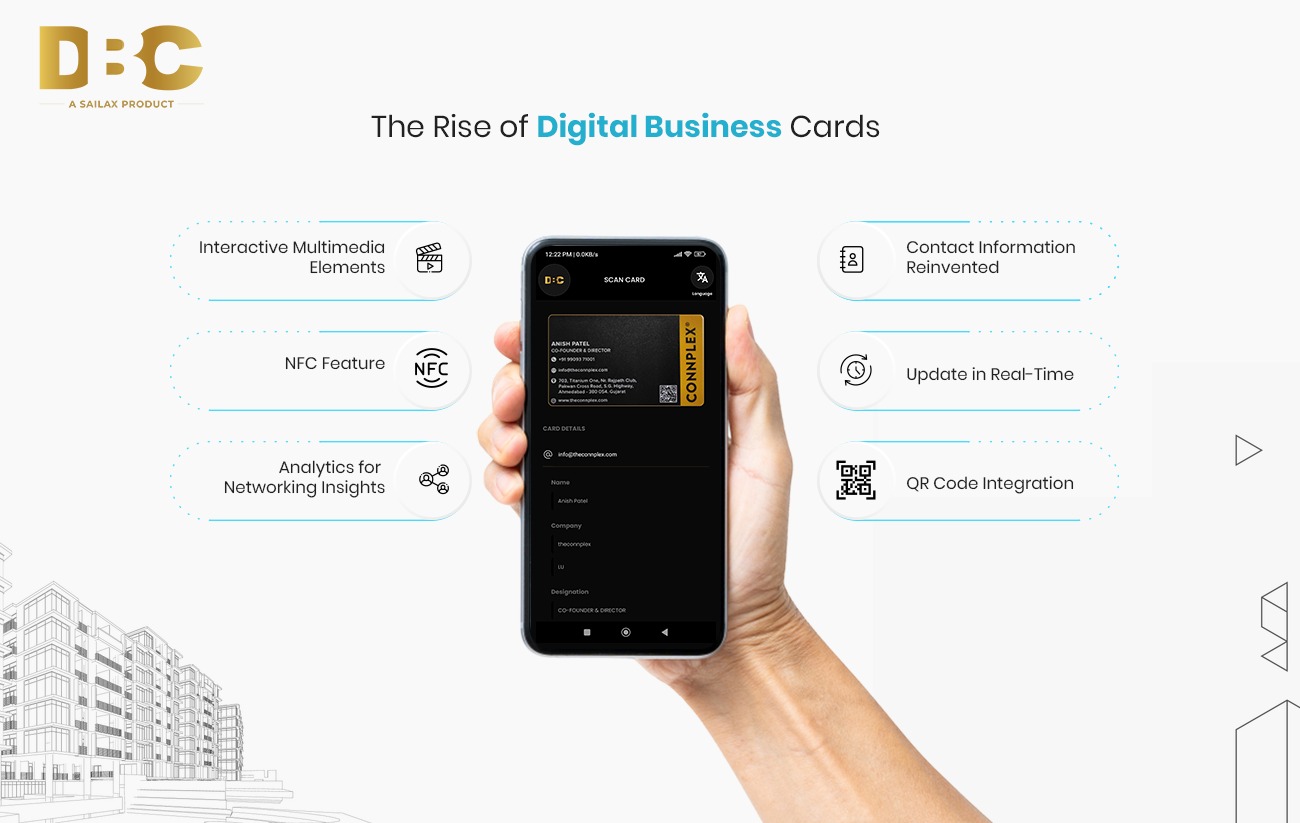 1. Contact Information Reinvented
1. Contact Information Reinvented